
Range Rover Velar Review, First Drive
With the Range Rover Velar, the British automaker is bidding on an ultra-luxurious SUV that not only exudes opulence, but it is also equally impressive on the gravel. But, does it deliver? Here's the answer.
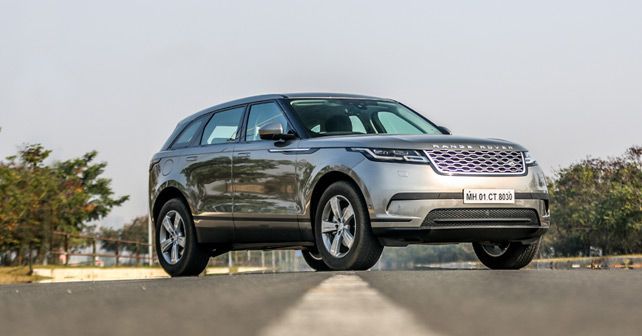
It seems unlikely that form and function in equal measure can be just as appealing and capable as something that prioritises one over the other. But, Land Rover begs to differ.
There are many things in life where form follows function, or in some cases the other way around. While something might look great, in reality it might not necessarily be so. On the other hand, something might be great or highly capable, but its appearance might put you off because it gives precedence to function over form. And this brings me to the sea of SUVs or crossovers that we’ve got today.
Throughout the world, car buyers have been obsessing over SUVs because of the notion that if it looks big and powerful, it’ll make the person behind the wheel big and powerful too. The SUV, when it was first conceived, was a utilitarian vehicle – but now it’s become more of a fashion statement. And that’s why new-age crossover vehicles will likely never see even a single patch of ground that contains a loose surface, let alone go fully off-road. Now, it’s perfectly acceptable for a brand to cater to that market if there’s demand, but what I’m afraid is the willingness of brands to ignore their heritage to compete against what can be best referred to as SUV impersonators.
That go-anywhere ability
Over the years, Range Rovers have upped the bling quotient and have become ultra luxurious but have always retained the go-anywhere ability that their forbearers have been famous for. It’s a brand that has its foundations firmly planted in the idea of being functional – something reflected in the designs of their flagship models thus far. My fear, however, has always been that one-day this credo will be compromised. The question is, has that happened with the launch of the Velar?
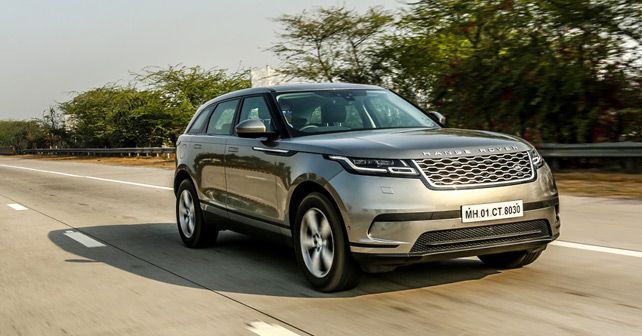
I couldn’t help but feel that it looks way too good – with a minimalistic approach towards design – to be able to browbeat its way through the bowels of Mother Nature. Land Rover realised that a significant number, if not all, of their customers will never really take their Range Rovers off-road. And while other carmakers, including Range Rover in its other models, try and add masculinity to their designs, with the Velar they decided to take a more mature and minimalist approach to create something simple, yet beautiful.
Yes, it’s beautiful, no doubt about that. When we tested it last year in Norway, we realised that even though it’s slightly softer than its elder brothers, it maintains the heritage associated with the badge. But what we didn’t realise back then was how it would perform on Indian roads.
What about on our roads
On our roads, the Velar looks like a concept car that’s just driven off the Auto Expo show floor. Its flush door handles, sloping roofline and extremely slim matrix LED headlamps perfectly complement its well sculpted body – in a manner that can only be described as perfection personified! However, what’s interesting is that if you put the Velar in any other environment – like the wilderness or the countryside – it still somehow manages to look the part. And we haven’t even begun to take a look inside!
The Velar does away with what a traditional car interior is meant to be and offers us a glimpse into the future of car cabins. Gone are the buttons, dials and gauges. What you get instead of an instrument cluster is a digital TFT screen – the main touchscreen infotainment system comes with an adjustable angle to reduce glare. Apart from that, there’s another touch-enabled screen with three knobs. The small one turns the screen on and off and controls the audio volume. It’s flanked by two other knobs that can either control the driving modes or the climate control settings. But that’s not all, the controls on the steering wheel are also touch sensitive. The rest of the cabin has that typical Range Rover opulence, with beautifully designed and crafted panels and materials.
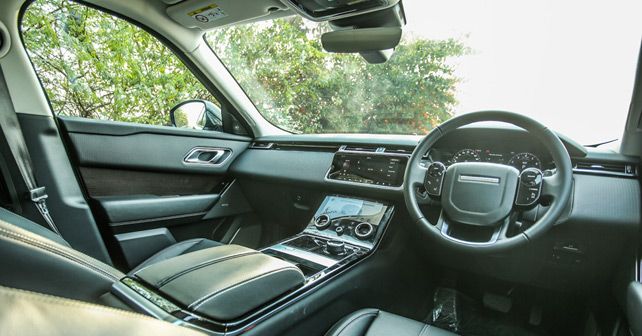
But, while all this may sound like being propelled into the future, there are a few issues that need to be addressed. Firstly, if you generally have sweaty hands, the glossy finish on the touchscreens is an OCD nightmare. After a couple of days of use, it started to look like a crime scene being analysed by a forensics team. Secondly, the system and the graphics refresh a little too quickly. Any attempt to change the driving mode or climate setting will force you to take your eyes off the road. And finally, the knobs move a little too freely, which can result in selecting the wrong setting – leading you to sit in a furnace in summer on the highway, with the car set to the ‘Sand’ driving mode.
Nevertheless, if you skip past the glossy panels and actually get behind the wheel, you begin to realise what the Velar really is all about. The model we tested was the P250 SE, which is powered by the 2.0-litre Ingenium motor. It might sound like a diesel during a cold start, but once it’s all warmed up and ready to go, the engine is exceptionally refined and responsive in any mode. The gearbox is smooth to shift, but could be quicker on the downshift in order to aid acceleration during overtaking. But what really gives you that luxury feel is its supple ride. Our test car was fitted with standard steel suspension – as opposed to the air suspension on the top-of-the-line 3.0-litre diesel variant – and while it’s not quite as refined as the optional air suspension it does an exceptional job nonetheless. The Velar is not as sporty as the Jaguar F-Pace – with which it shares its underpinnings – but it’s more comfortable and refined. In terms of cabin space, the Velar is designed for accommodating four passengers comfortably – the fifth passenger in the middle rear seat will struggle for legroom. However, there is ample room for luggage in the boot.
Yes, it is rather brilliant
So, the Velar – as it turns out – is a rather brilliant machine for Indian conditions. It’s the prefect size for our traffic, and immensely comfortable – if not the most spacious in the rear seat. And I can’t help but wonder why one would need a bigger V6 engine. The 2.0-litre petrol is ideal. Personally, I would have preferred air suspension in this model as well for maximum comfort and the adjustable ride height, but the steel suspension is so good that you don’t really miss it. Moreover, while the standard car looks pretty good on its own, the option of the R-Dynamic trim with the 21-inch, multi-spoke wheels simply transforms the pretty looking Velar into the gorgeous and elegant car that it was always intended to be. But, above all, what I love about the Velar is that Land Rover has allowed itself to transcend their heritage while, at the same time, honouring it. The Range Rover Velar is comfortable, very capable – even off-road – and bite-the-back-of-your-hand gorgeous to look at. What more do you want?
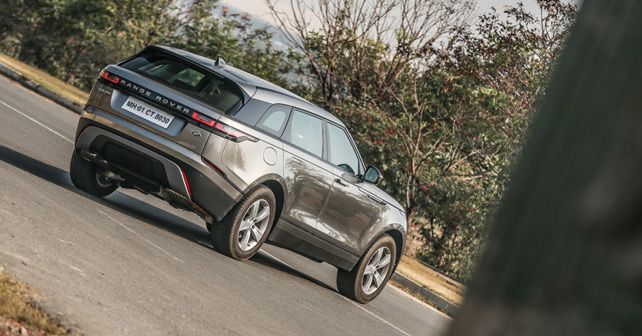
Engine : 1,997cc / 4 Cylinders / 16 Valves / Turbocharged
Fuel: Petrol
Transmission: 8-Speed Automatic / All-Wheel Drive
Power: 246bhp @ 5,500rpm
Torque: 365Nm @ 1,500rpm
Price: Rs. 85.21 lakh (Ex-showroom)
X-factor:Futuristic and minimalist exterior and interior design that is simply seductive.
| Pros • Oh, so pretty • Refined & comfortable | Cons • No Apple CarPlay or Android Auto • Distracting touchscreen that attracts fingerprints |


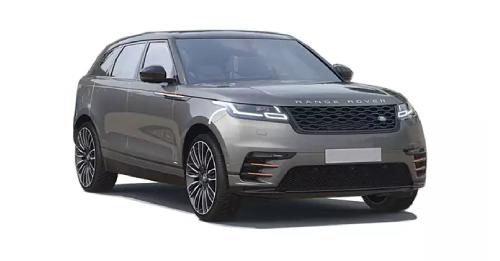

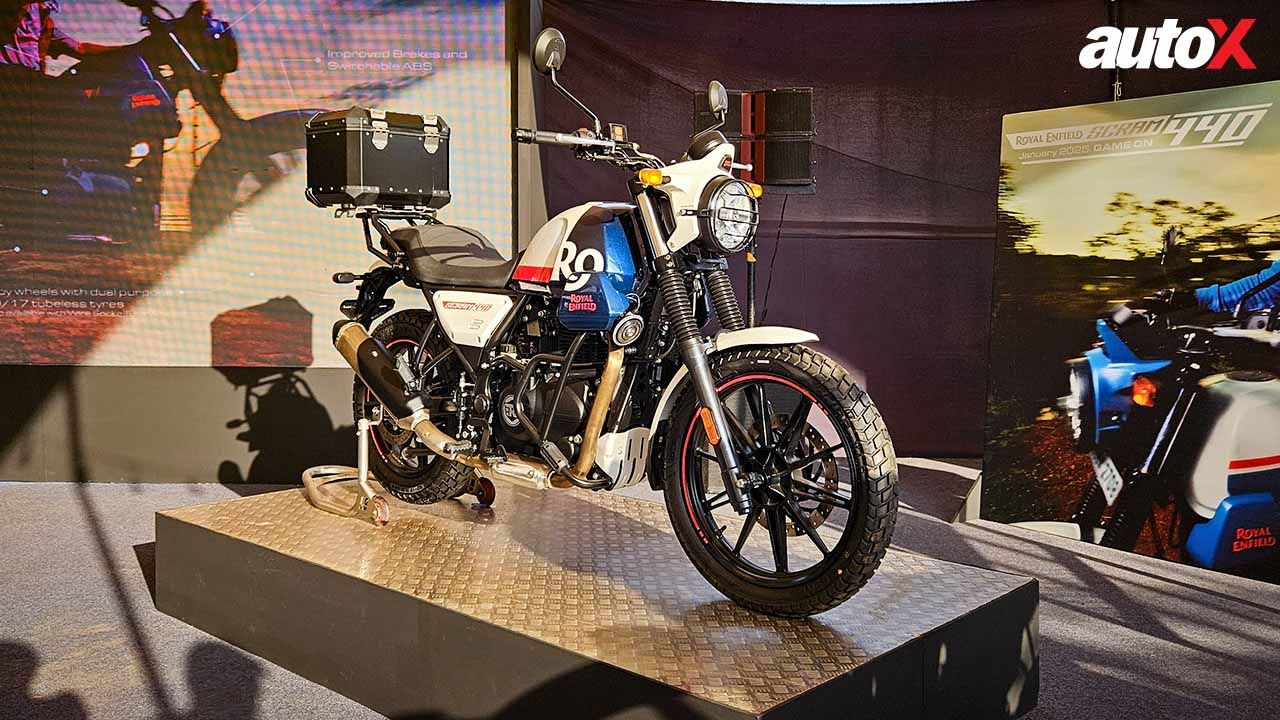
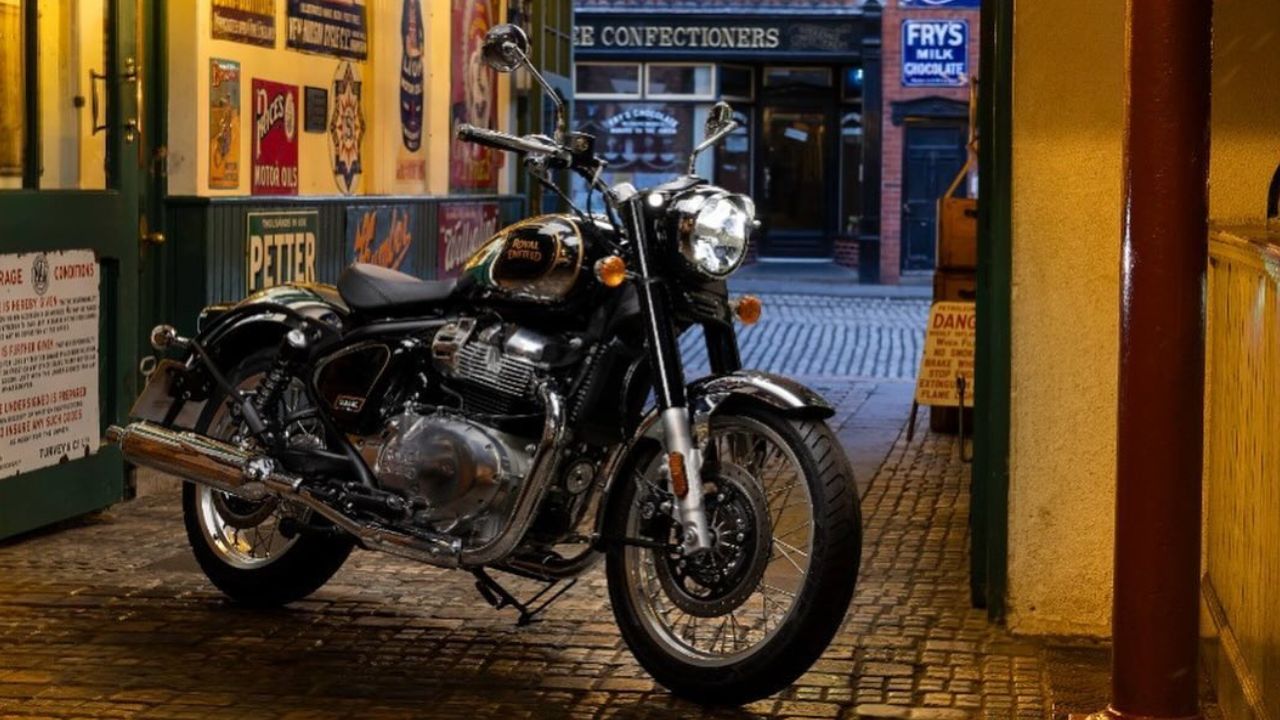
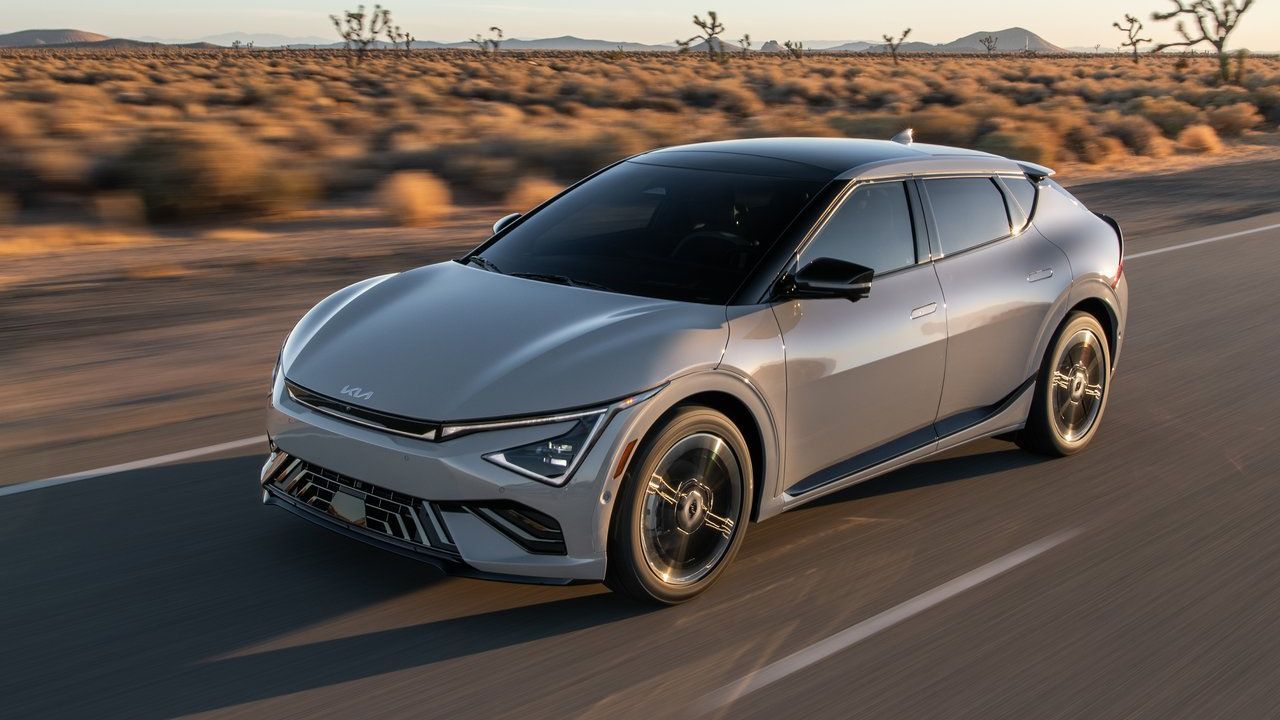
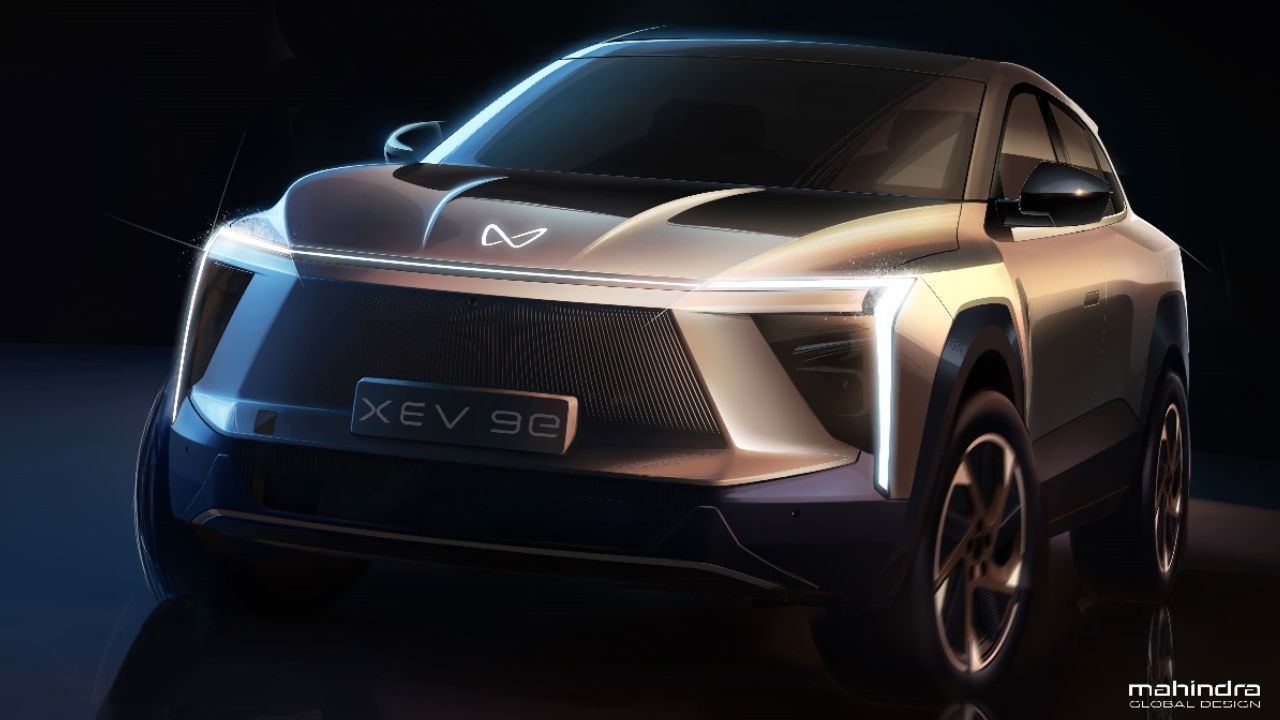
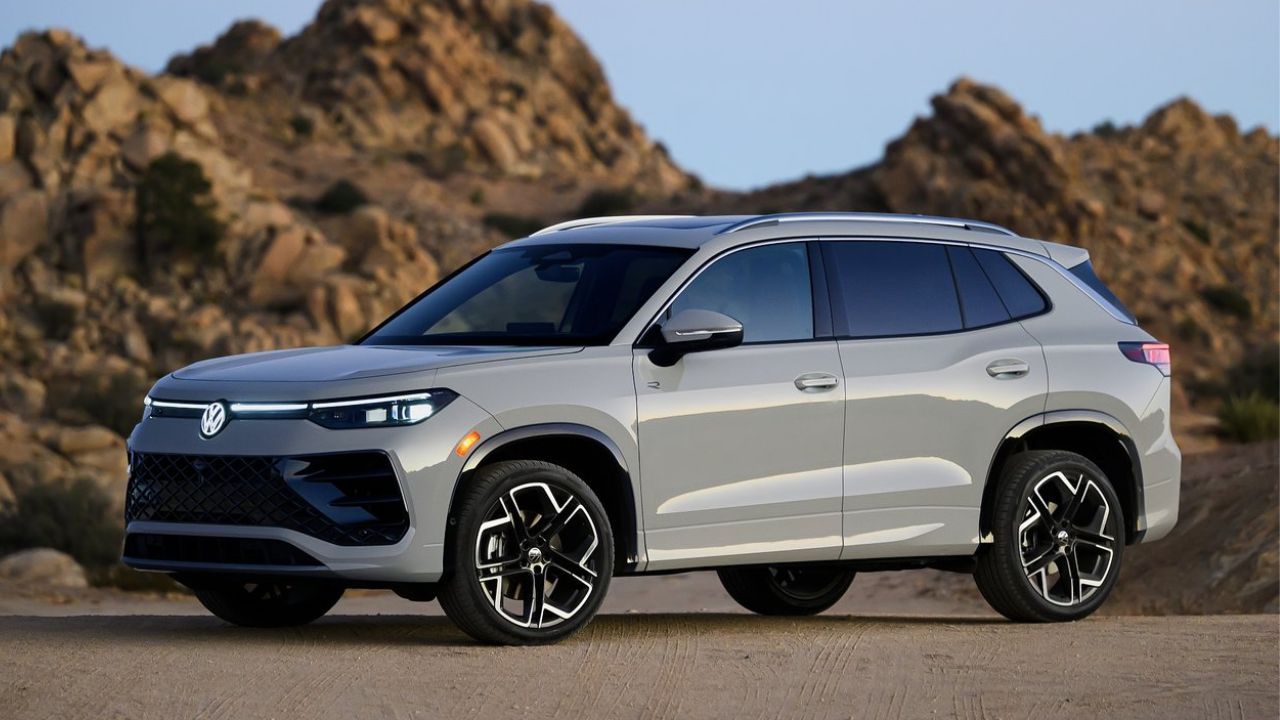
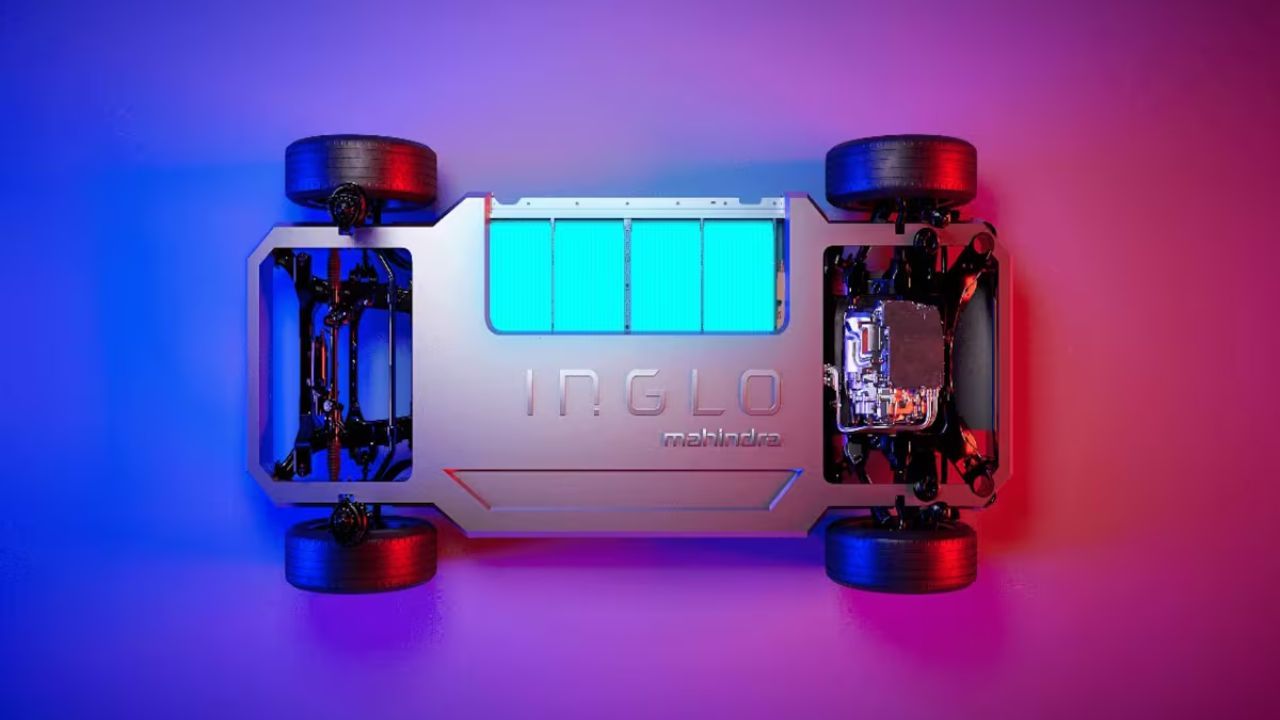

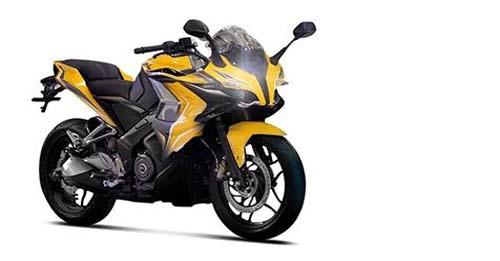
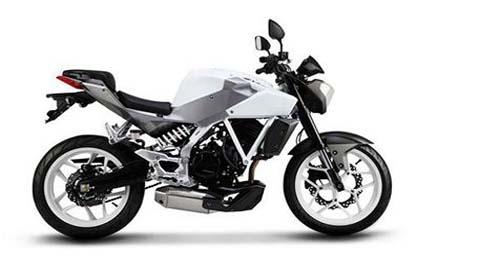
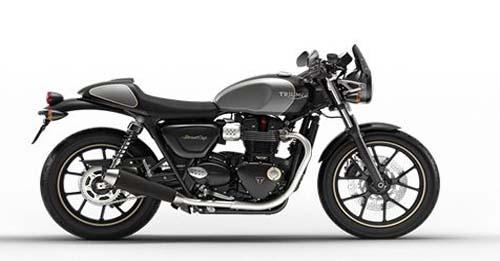
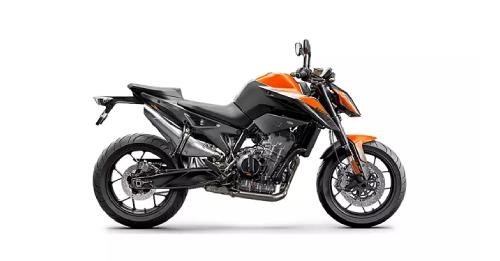









Write your Comment on